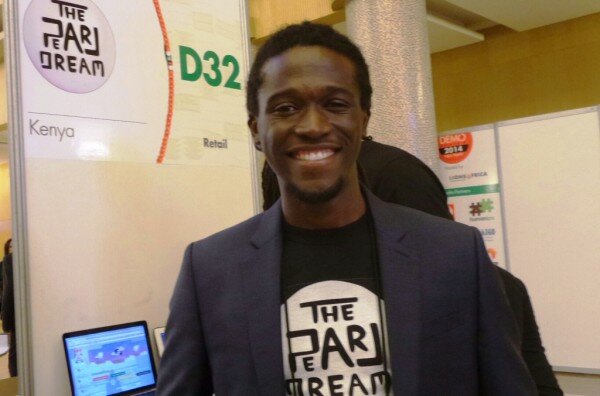
The Pearl Dream is a cross-platform app with illustrated e-books of African stories founded by 2 partners with the aim of bringing African stories to life. Abbot spoke to HumanIPO on the latest developments at the startup, the goal to reach 50 million subscribers and expansion plans for Nigeria and elsewhere.
HumanIPO: How did The Pearl Dream start?
Abbot: My partner and I met in college and we were talking about couple of stories we enjoyed in USA – we talked about Cinderella and Peter Pan. We couldn’t think of any African stories that were brought to life. We said ‘let’s do it, let’s be the ones who bring the stories to life’. We want to ensure the stories are made in the right quality because these are the stories that would be enjoyed by generations to come. We reached out to a couple of people who had some stories. We animated just one story from Kenya out of the hundreds we have just to set the standard of what we want the animation of the stories to be.
From there it’s a snowball. We have more supporters including a mobile device manufacturing company in Ghana. They’ve given us the opportunity to reach 1 million users on their network because we will pre-install our app on the devices.
We are working with telecoms to deliver to everyone with their smart device. We are looking to get into Smart TVs like Roku to make it easy for people to access the contents. We want low cost for data services by telecoms and we want to negotiate low transactions fees so that they can cut the prices really low for users. We want fast access and we want users to be able to download very quickly and you can take it to your rural home and enjoy the stories with your grand kids and neighbors around. That’s the plan.
How many stories do you have now?
Right now we are looking to have at least 2 stories from each African country as our baseline which means at least we will have 108 stories. We have 100 stories already in-house but most of them we know where they are from – some of them are from South Africa, Kenya. We want the stories to come from storytellers.
How do you distribute?
We distribute through our app. The stories are not ours; it is a way of communicating the stories to a global audience. We are giving the transcripts of the stories for free to initiatives involved in literacy promotion in schools to ensure the contents are in schools. It’s when they want the entertainment version they’ll subscribe just for the added value.
From where are you getting most app downloads?
We’ve had downloads from South Africa, Kenya, Nigeria, Latin America, USA and some from Asia. It wasn’t a major marketing campaign, we just tested it to see if people liked it. Our conversion rate is 10% which means 10% of those that downloaded the app became subscribers.
Let’s talk about the targeted market size
We are really being conservative and we are working with our conversion rate. In Africa there are about one billion people. Ten percent is about 100 million and we believe we can get 50 million. We believe we can achieve this with more awareness especially if we make more people to become aware about us. We are trying to leverage the telecoms companies because they are already in the business of delivering contents. They benefit a lot from data service usage – when users watch our contents they will make money from them.
You have your eyes set on the Nigerian market, what moves have you made in that regard so far?
We are in contact with Etisalat one of the telecoms companies in Nigeria that are focusing on the youths because this is for kids. You know African population is predominantly under-30. It is really the youths that are going to drive us to where we want to get to. We are in age of mobile devices, you are not just spending time on the smartphones, you are also learning.
















